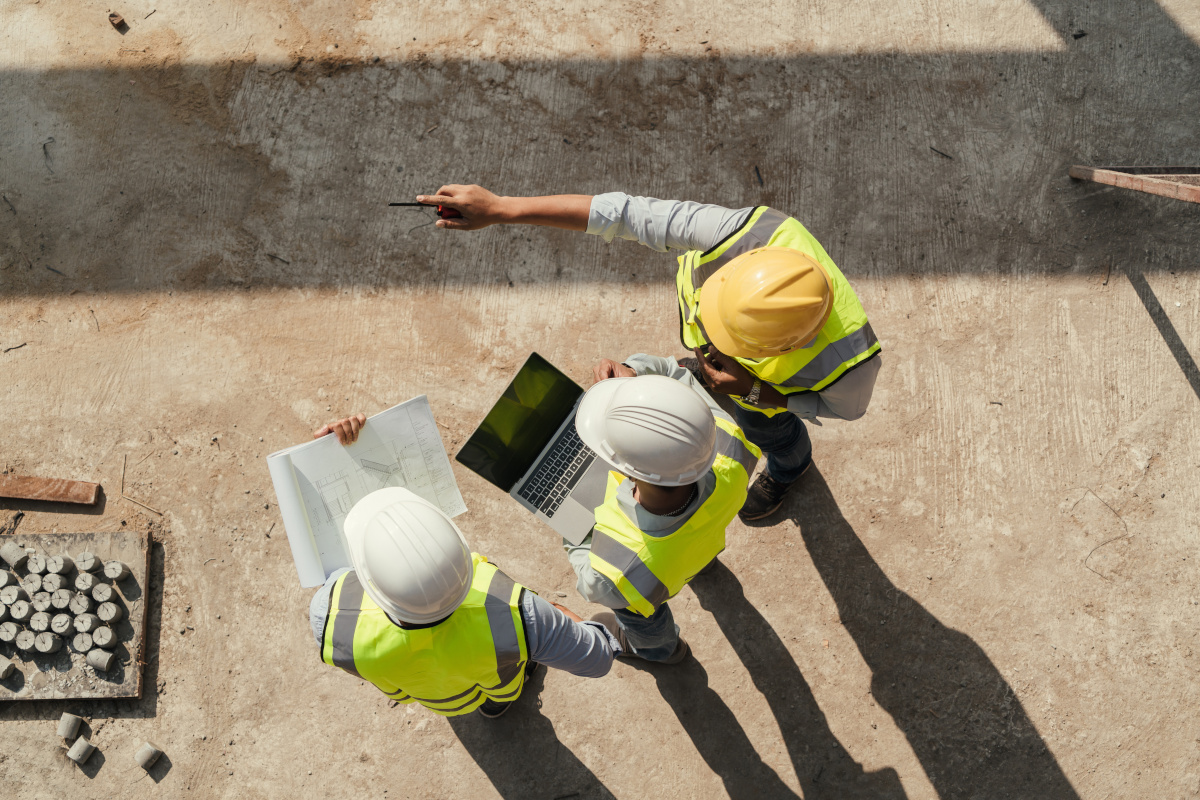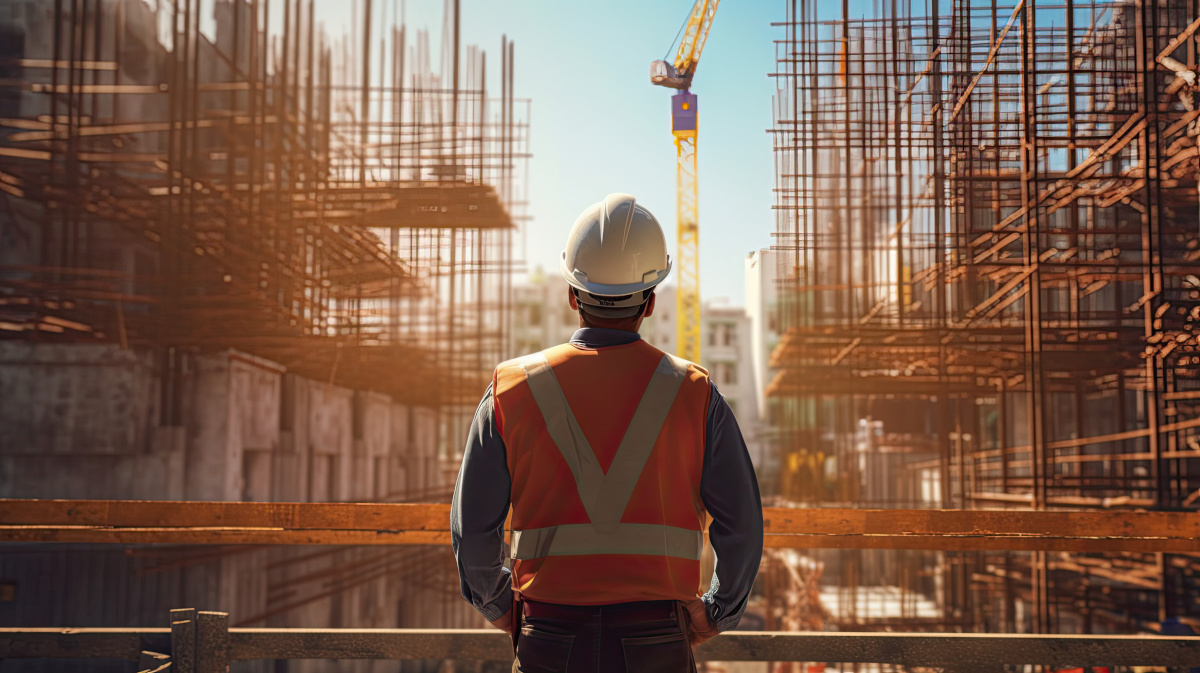4 Construction Site Safety Tips For Residential Projects
Construction work carries risks regardless of project size, and residential builds are no exception. Smaller crews, tighter spaces, and mixed-use neighborhoods introduce unique safety challenges that demand consistent oversight and planning.
Overlooking minor hazards can quickly lead to serious injuries, property damage, or costly project delays. That's why safety can't be treated as an afterthought—it must be part of the process from start to finish.
When crews feel secure and operations are well-coordinated, work progresses faster and with fewer setbacks. A strong safety culture also improves morale, reduces liability, and enhances your reputation with clients and inspectors alike.
Read on to learn four key construction site safety tips that can keep your residential projects on track and your workers protected.

Conduct Regular Site Assessments
Regular assessments keep small issues from becoming bigger problems. They help crews catch hazards early and take quick corrective action.
To keep your construction site in check, the following practices should be part of your daily routine:
- Walk the site before work starts: Each morning, scan the area for new hazards. Look for unstable terrain, loose materials, or anything that changed since the previous day. Early walk-throughs give your team time to act before work begins.
- Test soil conditions daily: Moisture levels can change overnight. Wet soil leads to stuck equipment or uneven footing. Use a soil drying agent when needed to improve traction and reduce delays.
- Check temporary structures: Scaffolding, ladders, and barriers can shift with use or weather. Make sure they're secure and properly supported before work resumes.
Frequent assessments support a safer, more efficient job site. They give crews the information needed to stay ahead of risks.
Provide Proper Training for All Workers
Training helps prevent avoidable mistakes on-site. Workers who understand what to do—and what to avoid—are less likely to cause or suffer injuries.
To build a well-prepared crew, focus on the following training priorities:
- Train on equipment use: Every worker should receive hands-on training specific to the tools and machinery they're assigned to. Cover controls, load limits, maintenance basics, and what to do if the equipment fails mid-task.
- Teach safety procedures: Don't assume workers know how to respond in an emergency. Show them how to check for safety hazards, wear protective gear correctly, and follow proper lifting techniques.
- Offer ongoing training: Projects change, and new tasks bring new risks. Run short, regular sessions that address updated procedures, new tools, or past incidents that raised safety concerns.
Even experienced workers need refreshers. Keeping safety training consistent makes sure everyone stays sharp and avoids preventable mistakes.

Use The Right Protective Gear at All Times
Wearing the right protective equipment is one of the most reliable ways to lower the risk of injury on construction sites. Even routine tasks can expose construction workers to serious hazards in construction, especially when weather, materials, and equipment vary day to day. These conditions often lead to slip and fall injuries, which are among the most common incidents on residential construction sites.
To reduce the risk of accidents and support worker safety, the following should always be enforced on-site:
- Wear fall protection when working at heights: Falls are a top cause of fatal injuries in the construction industry. Use guardrails, safety harnesses, or safety nets as needed. Make sure the gear fits properly and is anchored correctly before starting work.
- Use cut-resistant sleeves and boots in high-risk zones: Sharp edges, power tools, and exposed metal increase the chances of construction injuries. Protective sleeves and steel-toed boots help prevent severe injuries like deep cuts or broken bones.
- Equip with respirators in dusty or toxic areas: Silica dust, paint fumes, and insulation particles are common health hazards on-site. Respirators protect workers from respiratory issues that can lead to long-term illness. This is especially important during demolition or sanding work.
Strict use of safety gear helps construction companies maintain control over high-risk tasks and improves overall construction worker safety without slowing down the job.
Control Worksite Access and Signage
Controlling who enters a construction site—and clearly marking high-risk zones—helps prevent accidents and keeps crews focused. To reduce confusion and enhance on-site safety, use effective signage and access protocols.
Below are steps that help maintain order and minimize risk on active construction sites:
- Post entry instructions at access points: Make it clear where workers, visitors, and deliveries should enter. Use signage to show check-in procedures or who to contact before stepping on-site.
- Mark material storage zones clearly: Label areas where heavy or hazardous materials are stored. This keeps workers from accidentally entering zones where falling or shifting loads are more likely.
- Use directional arrows for foot and vehicle traffic: Show designated paths for foot traffic, forklifts, and trucks. This reduces mix-ups and lowers the chance of injury near moving equipment.
Good signage and site controls reduce risk and keep the project site orderly. Clear visual communication prevents mistakes and supports a safer workday.
Final Thoughts
Safety must stay at the forefront of every residential construction project. With regular site assessments, proper training, protective gear, and controlled access, you can limit the risk of accidents and help your team work efficiently. Construction might move fast, but cutting corners on safety costs more than it saves. Stay committed, stay consistent, and your site stays safe.
Published 4/22/25